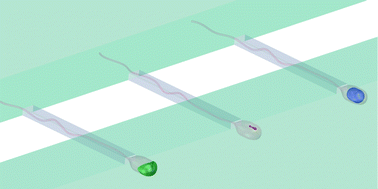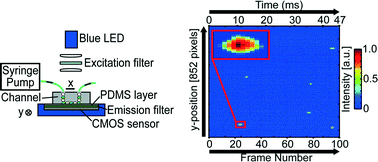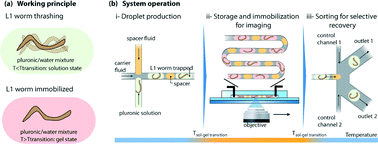
Ebola, yellow fever and dengue can be tested for in one go
Researchers in the US have developed a silver nanoparticle-based paper test to simultaneously detect dengue, yellow fever and Ebola. This could provide a cheap and reliable diagnosis for all three diseases, that’s as quick as a home pregnancy test.
The Ebola epidemic in West Africa underscores an urgent need for rapid diagnostics; quick identification and patient isolation can benefit the sick and the healthy. However, dengue, yellow fever and Ebola all initially manifest as a fever and headache, so are easily mixed up.
To read the full article please visit Chemistry World.
Multicolored silver nanoparticles for multiplexed disease diagnostics: distinguishing dengue, yellow fever, and Ebola viruses
Chun-Wan Yen, Helena de Puig, Justina O. Tam, José Gómez-Márquez, Irene Bosch, Kimberly Hamad-Schifferli and Lee Gehrke
Lab Chip, 2015, Advance Article
DOI: 10.1039/C5LC00055F, Communication















